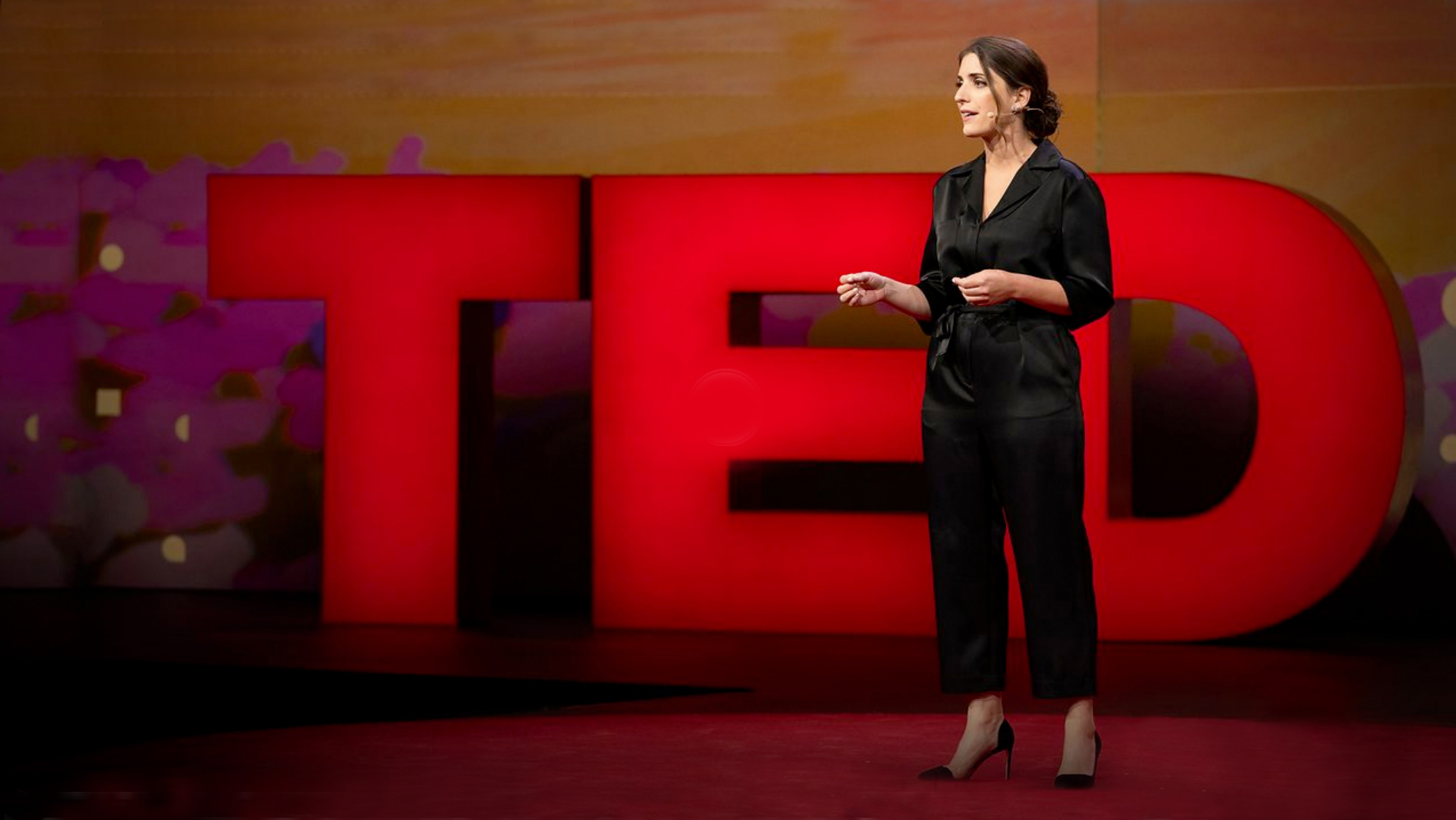Navigation auf uzh.ch
Navigation auf uzh.ch

A large part of social interaction nowadays takes place digitally. And the digital age has brought new opportunities to interact and communicate with increasingly large audiences. The huge power for social influence of digital media may come with the risk of intensifying common societal biases, such as gender stereotypes. One behavioral manifestation that plays a major role in such social evaluations is language use. In past research that focused on offline contexts, male characteristics were associated with more influence, while female characteristics tended to be associated with less competence.
To investigate how gender-linked language styles influence the impact of online contributions and whether they are subject to the same rules as in offline environments, an international research group led by the University of Zurich made use of the TED science platform. The topics of the TED Talks range from technology, entertainment and design (TED) to global issues, business, science and culture, with an average two million views for each talk.
The researchers collected the transcripts of nearly 1,100 TED Talks (348 of which were given by women) in order to identify typical male and female language styles. For this purpose, an index was used that placed each speaker between the extremes of very masculine to very feminine speech, which were empirically defined on the basis of large samples. According to previous research men commonly use more abstract and analytical language while female-typical language has been described as more narrative, personal, social and emotional; women tend to refer more to themselves and to other people more than men.
The researchers correlated the identified speech styles with the number of views as well as the positive and negative ratings the talks received. By doing so, they wanted to find out which language style had a stronger effect in TED Talks: A more instrumental and complex male-typical language style or a simpler and more personal female-typical language style.
“Due to the well documented male advantage in social influence, we expected a general advantage of male-typical language style in terms of talk impact,” says first author and UZH psychologist Tabea Meier. “We assumed that this might be the case for women in particular, namely that a male language style might help them overcome the ascribed lower status typically associated with their gender.” Instead, the researchers found the opposite – that female-typical language was connected with higher impact.
TED Talks that showed a female-typical language were associated with more talk views irrespective of the speaker’s gender. “Female-typical language thus conferred an advantage for male and female speakers alike in our sample,” says Meier. “For the most popular TED talks this meant over 700,000 extra views online.”
The language style not only predicted the quantitative impact manifested in talk views but also the qualitative impact in types of positive and negative ratings received. More female-typical language style attracted positive ratings like “beautiful”, “courageous” and “funny” while male-typical language evoked positive ratings like “ingenious”, “fascinating”, “informative” and “persuasive”.
“These different qualities are in line with common gender stereotypes of women being warmer and emotionally expressive, and men more factual,” says author and research group leader Andrea Horn. However, in the digital sphere, unlike offline, such qualities did not interfere with popularity. This was also reflected in the negative ratings of the TED Talks. More female-typical language style also led to fewer “unconvincing” ratings. The authors conclude that a female-typical language style may thus be a powerful tool to promote impact and visibility irrespective of whether the speaker is male or female.
Tabea Meier, Ryan L. Boyd, Matthias R. Mehl, Anne Milek, James W. Pennebaker, Mike Martin, Markus Wolf, and Andrea B. Horn. Stereotyping in the digital age: Male language is “ingenious”, female language is “beautiful” – and popular. PLoS One. 16 Dezember 2020, DOI: 10.1371/journal.pone.0243637